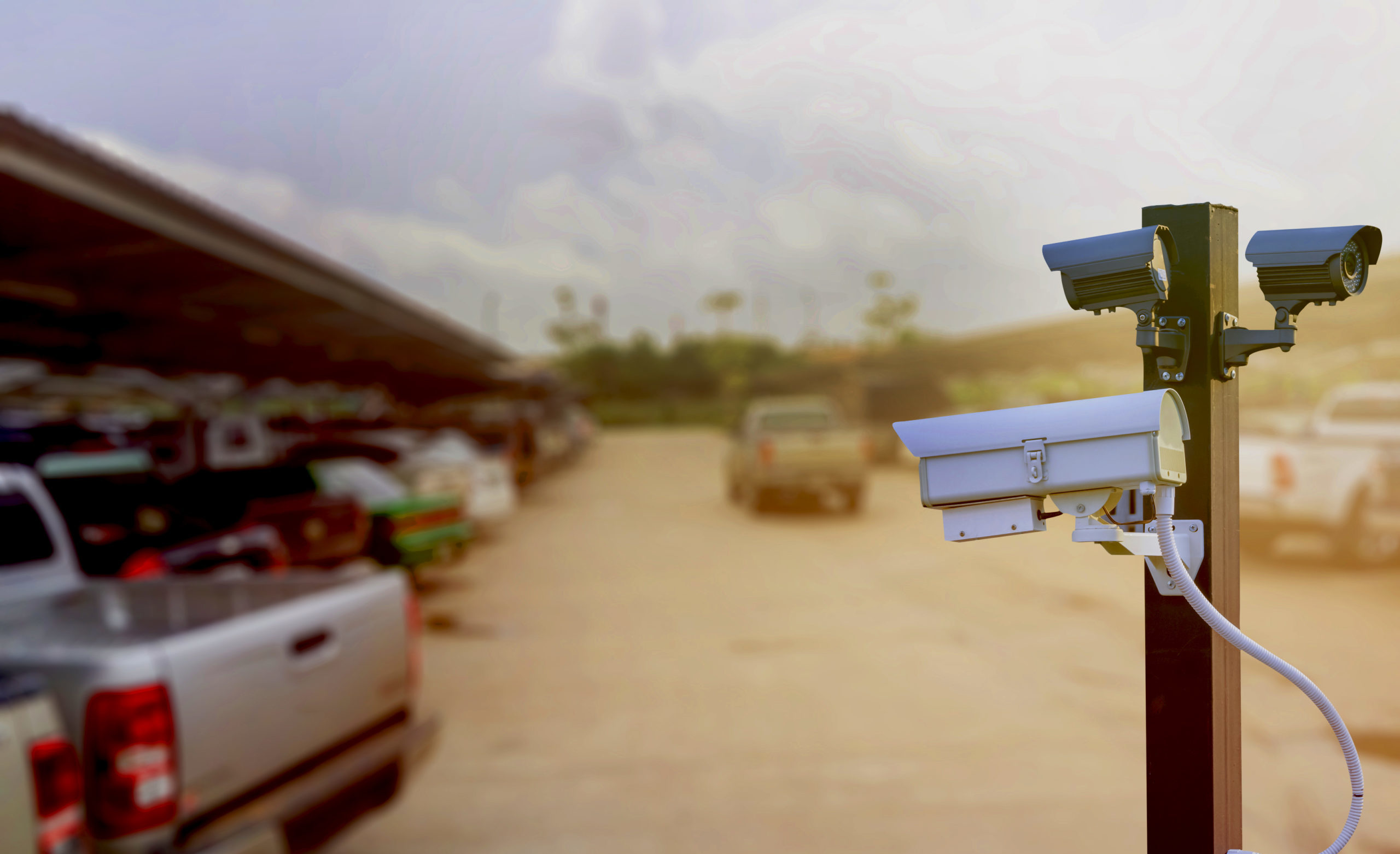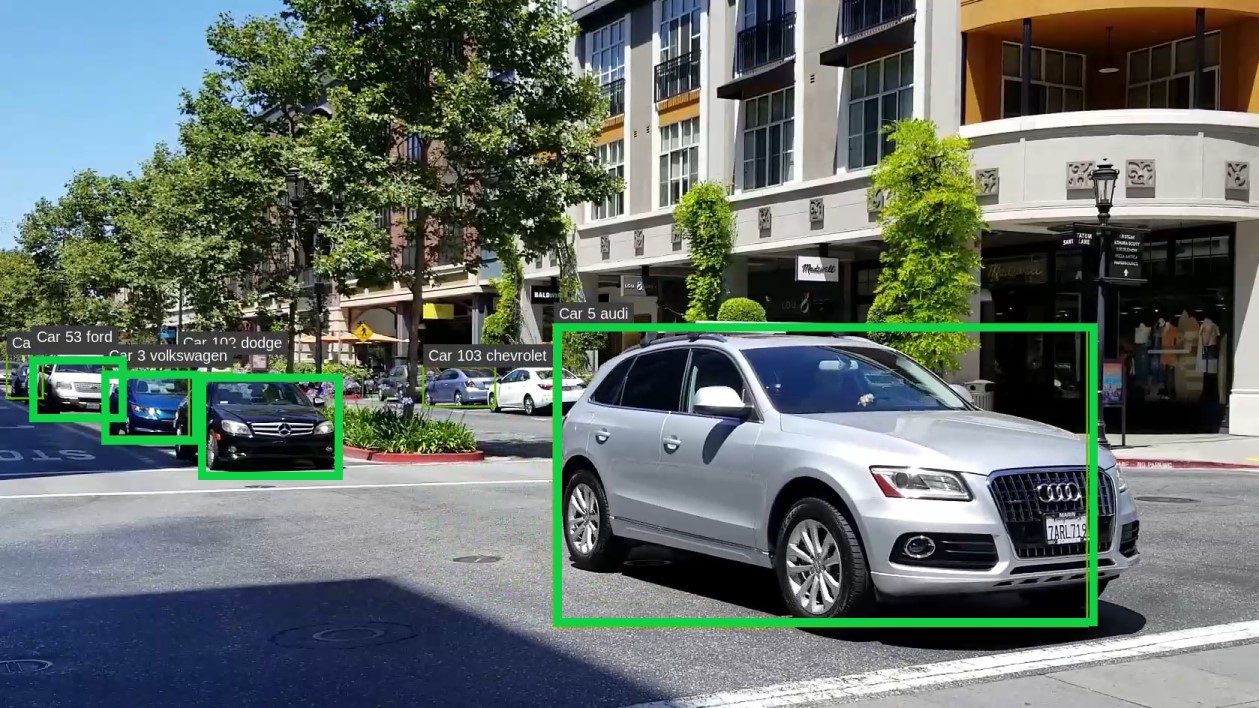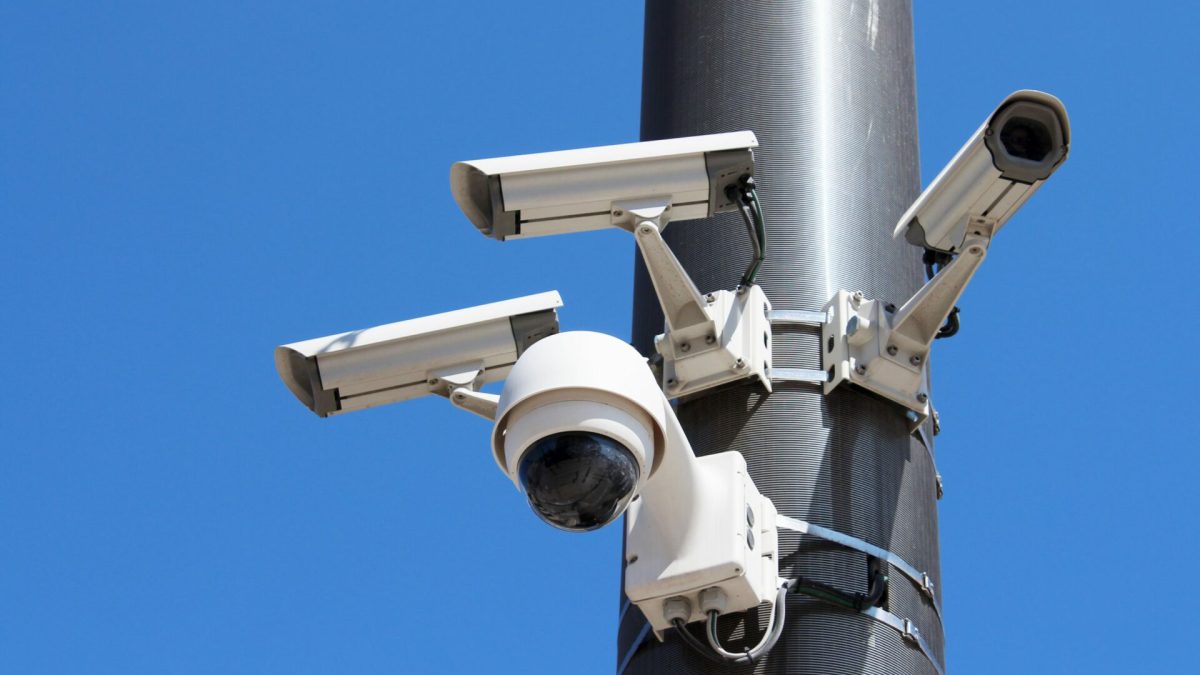A license plate recognition UK camera is an incredibly useful feature that allows you to track traffic, control entry to your business, find stolen vehicles, and more. But do you know how a licence plate recognition camera (LPR) works and when to use it?
The license plate recognition camera’s software is based on a database. Your camera captures video of the license plate numbers and then stores it for later use or compares it to an existing database. For example, secure, gated entrances, such as military bases or controlled parking garages in the UK, will automatically check the license plate of each approaching vehicle against a database of authorised personnel, only opening doors if this is the case.
License plate recognition UK also allows the number plates of cars to be recorded as they enter and park to indicate if cars are exceeding the time limit or trying to get in and out without paying. Police and other law enforcement officials can review traffic videos for stolen or suspicious license plates, even months later. However, to record these videos, you will need a specialised system and a particular camera setup. Thus, automatic number-plate recognition can contribute to enhanced safety.

Table of Contents
ToggleWhat is a license plate recognition camera?
License Plate Recognition (LPR) is a tool that allows detecting, reading, and storing videos of a car license plate. Mainly used in traffic monitoring in parking lots and security entrances in the UK, allowing the specialised camera to capture a license plate number, which will then be used to compare it to a database for further analysis.
How does license plate recognition UK work?
A license plate recognition camera works when the camera captures a vehicle’s license plate on video and then stores it for later review or processes the image through video analytics software to compare it to a database that contains stored license plate numbers.
If a match is found in the database, the system can be configured to send alerts. These alerts can be sent to your email or mobile phone, which allows you to know instantly and from anywhere the news found by the system.
The angle of the camera is extremely important because a camera in an elevated position will not be able to correctly capture the license plate of the vehicle. The distance between the camera and the car should also be taken into account to maximise the quality and sharpness of the capture.

Benefits of license plate recognition camera
Situations that require license plate capture can be very specific, but this feature is incredibly important if you need to:
- Secure an area, such as a military base or research facility
- Monitor entrances and exits within a parking lot
- Track the vehicle of a known suspect
- Find a stolen vehicle or a car involved in a crime
- Enforce parking laws
- Control entry or exit automatically for car parks by placing a camera at the front door, which enables you to record the license plate of an approaching car for comparison with a database of approved visitors.

Where can we apply it?
There are many uses and applications for license plate recognition UK, including:
1. Access control and capacity
LPR is a technology that allows access control to a venue by controlling its capacity. It is common for many supermarkets and department stores to use it to control access to their parking areas. In industrial areas, license plate recognition is also used as a security measure to control the flow of traffic, even allowing the use of a recording system that allows scenes to be seen before and after the vehicle passes.
Road toll access control is another common use of LPR.
2. Parking Control
In car park management, LPR facilitates the payment, entry, and exit of vehicles by automating the entire process. With a license plate recognition camera, vehicles are registered at the car park entrance, and once the corresponding payment has been made, they can exit when the barrier opens automatically when the system detects the vehicle’s license plate and verifies that said payment has already been made.
3. Gas stations
Gas stations in the UK use a license plate reader linked to pump management and a video recording system (NVR). With this system, they can identify customers and their consumption habits, carrying out actions to retain them (offers, discounts, among others). It is also used to create blacklists of customers who leave the service station without paying for fuel (being able to block refuelling or force prepayment for registration).
4. People searches
LPR technology makes it possible to search for people through the detection of their vehicles. By looking for the license plate, it is possible to detect if a specific vehicle has passed through a road or parking lot, being able to know important data such as the date and time it did so.
5. Police
The state security forces use license plate recognition UK technology for different uses, such as fines for speeding or incorrect parking, control of parking areas limited by time, or recognition of vehicles that do not have compulsory insurance.
6. Crime Prevention
When license plate recognition cameras are installed in high-risk areas, the risk of committing a crime can significantly decline, as the criminals know that there is no way or at least extremely difficult to escape from these security cameras. In other words, license plate recognition UK (LPR) can contribute to a decrease in crime rate due to its deterrent role. Furthermore, having this technology of cameras can provide evidence for any criminal activity that can have a significant role in identifying vandals, thefts, and criminals, resulting in a more secure and safe community.
7. Data collection
License plate recognition UK cameras can be valuable sources of information from neighbourhoods, law agencies, and parking lots, making it easier to investigate a crime or any incident that requires accurate and real-time data as proof of any illegal or destructive behaviour.
8. Promote the safety of officers
This cutting-edge technology of license plate recognition UK can not only ensure the safety of the public by preventing crimes but also help protect police officers from dangerous situations, as by utilising license plate readers officers can achieve more information about the vehicle before they want to approach it. For instance, if the driver has a criminal record or is armed, the officer can take more necessary precautions before taking any action, and their lives can be saved.
Legal and ethical aspects
The use of an LPR camera entails taking images of vehicle registration plates and, in many cases, is associated with video recordings, so the regulations of the DGT and the Data Protection Law must be taken into account for its correct use.
License plate recognition UK cameras and access control systems open an ethical debate on people’s privacy since negligent or massive use of this technology could go against basic freedoms.
Why choose a license plate recognition camera?
First of all, security: the license plate serves as a virtual ticket and allows free access, preventing car theft or ticket exchange. Since the ticket and license plate must match the entry and exit, dishonest behaviour is nearly impossible.
The license plate recognition UK is very reliable; in case of ticket loss, it is easy to determine the actual entry time from the license plate number.
Last but not least, LPR can be retroactively installed and added to existing solutions. Today, it is not hard to imagine how LPR can not only improve the experience for drivers but also offer a wide range of benefits to car park operators.
Conclusion
License plate recognition UK cameras have multiple uses in today’s society. Thanks to the use of this technology and artificial intelligence, it is possible to find people, control access, manage capacity, and many other useful applications. By utilising this valuable technology, the rate of crime can profoundly be lowered as the suspects and criminals can easily be identified by them.
Furthermore, they act as a crime deterrent that is an obstacle to committing a crime and provide a comprehensive collection of information regarding the neighbourhood, businesses, parking, and high-crime places, which can contribute to law enforcement and easy access to reliable and accurate data.

